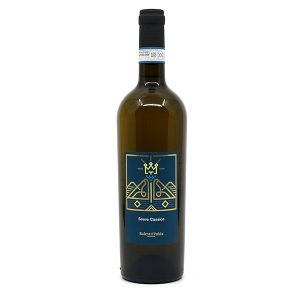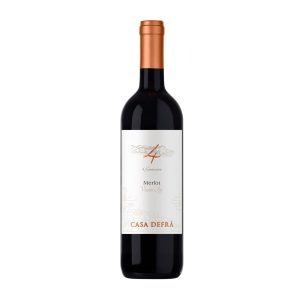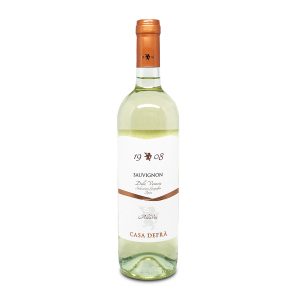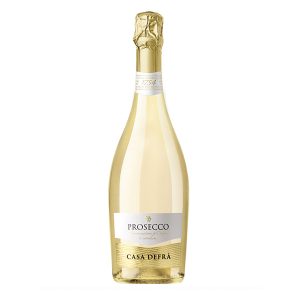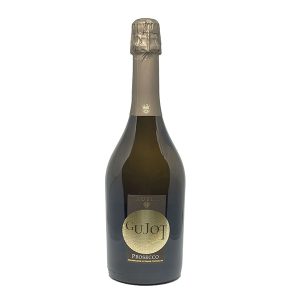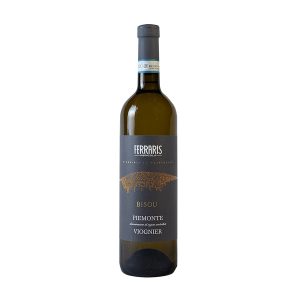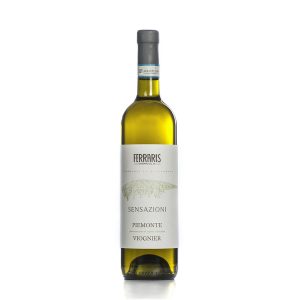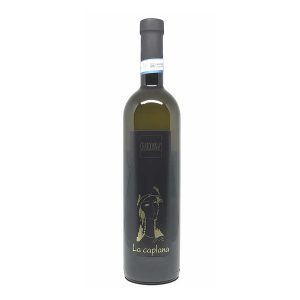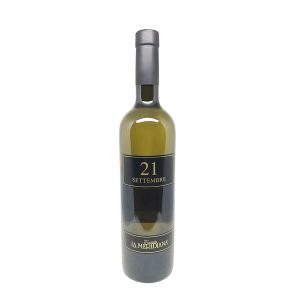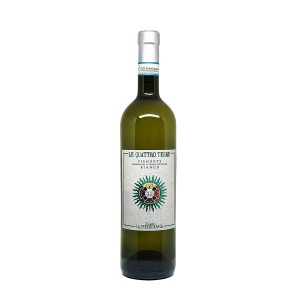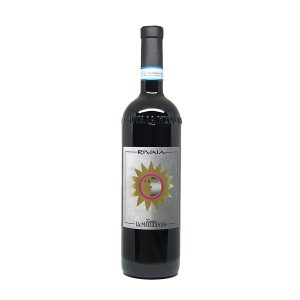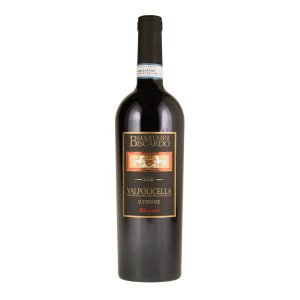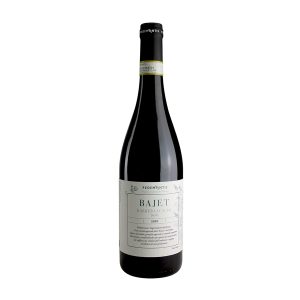D.O.C.
Denominazione di Origine Controllata (Italy)
Italy’s pdo denomination has had a chequered history. Italian wine was first regulated systematically in 1963 in an effort to bring Italy’s wine laws into line with fellow eu founding nation France. A few of Italy’s most famous wines had already been given legal recognition and protection in the 1930s but this new system was designed to be much more comprehensive and modelled on France’s appellation contrôlée. This meant that individual production zones were delimited; permitted vine varieties specified, often with specific percentages; levels of alcohol, total acidity, and extract were established; and limits, often very generously, placed on yields. Viticultural and winemaking practices were regulated, albeit often in the haziest of terms: ‘in conformity with existing practices’ or ‘so as to not change the nature of the wine’ are frequent phrases in the rules of individual DOCs. As in the case of the French archetype, this new system was set up to protect wine regions against counterfeit products and imitations, but has often seemed more concerned with enshrining in law existing practice than in optimizing quality in wine.
Towards the end of the 1970s, ambitious producers, particularly those in the chianti classico zone, became disillusioned with DOC rules which required them to include white wine grapes in their red wines and began to label their best wines with the lowest category vino da tavola (see supertuscans). See also DOCG, a category designed to be superior to DOC.
In an attempt to correct this confusing situation, the DOC system was overhauled in 1992. Its main innovation was to introduce the principle of territorial subdivision by allowing larger DOC zones to be broken down into subzones, townships, hamlets, microzones, individual estates, and vineyards, and to give the entire structure a vertical and hierarchical basis; the smaller the geographical unit, the stricter the production limits and criteria. Producers wishing to use a single-vineyard name for their DOC and DOCG wines had to register their vineyard and define its extent with the authorities, a reform aimed at curbing the multiplication of invented single-vineyard names (following the Italian fashion for individual crus) with no real territorial basis. (See Barolo for consideration of this phenomenon.) While many of these reforms were sensible and well-intentioned, the excessively generous yields of most DOCs were rarely curbed.
Recently the old lack of flexibility in permitted grape varieties has been reversed so that many DOC regulations have been opened up to allow a broad range of grape varieties, almost always including international varieties. Perversely, this has altered some of Italy’s most distinctive wines beyond recognition (see the very different cases of cirò and brunello di montalcino, for example). This liberalization and globalization comes at a time when interest in indigenous varieties and authentic, terroir-driven Italian wine has never been greater.
In the past the failure of the DOC system was evidenced by the fact that by the 1990s DOC wine represented only a third of the potential production of vineyards designated DOC. In 2011, while Italian wine production as a whole had declined thanks to falling bulk wine prices, a continuous decrease in wine consumption in Italy, and the EU’s abolition of compulsory distillation, 35% of all Italian wine was DOC, even if a mere ten names accounted for more than half of it. prosecco (1.3 million hl), asti (790,000 hl), and montepulciano d’abruzzo (959,000 hl) contributed the lion’s share. Veneto, Tuscany, Emilia-Romagna, Abruzzo, and Trentino-Alto Adige produced 75% of Italy’s total DOC production.
In 2014 there were 330 DOCs, 118 IGTs, and 73 DOCG wines. The introduction of the EU reforms to the common market organisation (CMO) for wine, which came into force in 2008, required all EU member states to register all of their denominations in an official list by the end of 2011, with any elevations or additions of wine regions after that date to be approved by the EU rather than just by individual member states. This prompted Italy to rush to create and elevate DOCs by the dozen and resulted in some that exist on paper only, or have been created purely out of commercial opportunism, such as DOCs venezia and roma.
Showing 1–18 of 27 results
-
White Wine 白葡萄酒
Balestri Valda, Organic Soave Classico D.O.C. 2020/2021
Original price was: $161.0.$137.0Current price is: $137.0. Add to cart -
Red Wine 紅酒
Ciabot Berton, Rutuin, Dolcetto D’Alba D.O.C. 2017
Original price was: $122.0.$101.0Current price is: $101.0. Add to cart -
Red Wine 紅酒
Cielo e Terra, Casa Defra’, Cabernet Sauvignon D.O.C. 2023/2024
Original price was: $94.0.$90.0Current price is: $90.0. Add to cart -
Red Wine 紅酒
Cielo e Terra, Casa Defra’, Merlot D.O.C. 2023
Original price was: $94.0.$90.0Current price is: $90.0. Add to cart -
White Wine 白葡萄酒
Cielo e Terra, Casa Defra’, Sauvignon Blanc D.O.C. 2024
Original price was: $92.0.$90.0Current price is: $90.0. Add to cart -
Sparkling Wine 氣泡酒
Cielo e Terra, Casa Defra’, Sparkling Prosecco D.O.C.
Original price was: $115.0.$105.0Current price is: $105.0. Add to cart -
Sparkling Wine 氣泡酒
Cielo e Terra, Casa Defra’, Sparkling Rose Prosecco D.O.C.
Original price was: $116.0.$102.0Current price is: $102.0. Add to cart -
White Wine 白葡萄酒
Ferraris Agricola, Bisou Piemonte Viognier D.O.C. 2021
Original price was: $213.0.$196.0Current price is: $196.0. Add to cart -
White Wine 白葡萄酒
Ferraris Agricola, Sensazoni Piemonte Viognier D.O.C. 2022/2023
Original price was: $161.0.$154.0Current price is: $154.0. Add to cart -
Red Wine 紅酒
Garofoli, Piancarda, Rosso Conero D.O.C. 2021
Original price was: $154.0.$137.0Current price is: $137.0. Add to cart -
White Wine 白葡萄酒
La Caplana, Chardonnay Piedmont D.O.C. 2024
Original price was: $105.0.$99.0Current price is: $99.0. Add to cart -
White Wine 白葡萄酒
La Meridiana, 21 Settembre, Monferrato Bianco D.O.C. 2021
Original price was: $172.0.$135.0Current price is: $135.0. Add to cart -
White Wine 白葡萄酒
La Meridiana, Le Quattro Terre, Piedmont Bianco D.O.C. 2018/2019
Original price was: $133.0.$118.0Current price is: $118.0. Add to cart -
Red Wine 紅酒
La Meridiana, Rivaia, Monferrato Rosso D.O.C. 2013
Original price was: $316.0.$276.0Current price is: $276.0. Add to cart -
Red Wine 紅酒
Marchesi Biscardo, Valpolicalla Superiore Ripasso D.O.C. 2018/2022
Original price was: $217.0.$203.0Current price is: $203.0. Add to cart

